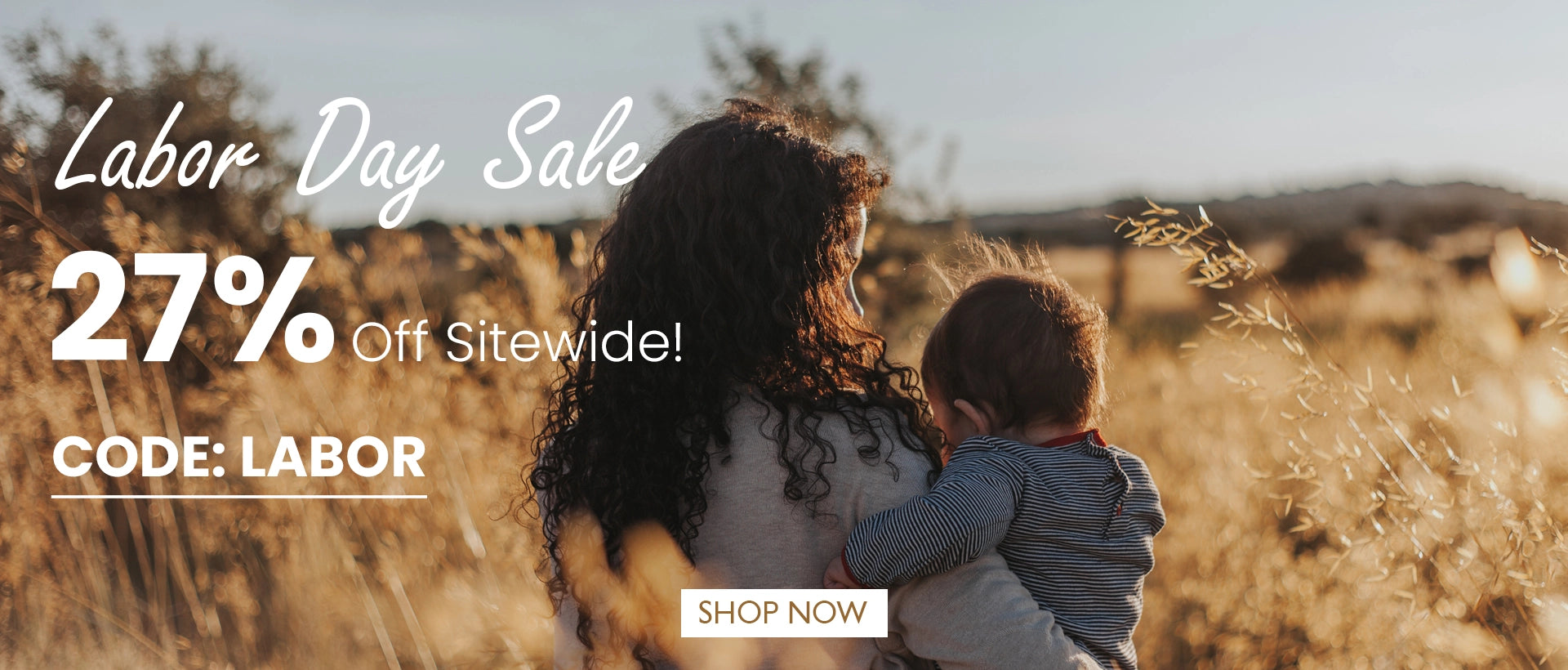Startseite
Pregnancy, Breastfeeding, and Pumping: The Ultimate Guide for Moms
How to Heat Pumped Breast Milk: A Comprehensive Guide

How to Heat Pumped Breast Milk: A Comprehensive Guide
Heating pumped breast milk is a crucial step in ensuring your baby receives the best nutrition possible. Whether you’re a new parent or an experienced caregiver, understanding the proper techniques can make all the difference. This guide will walk you through everything you need to know about how to heat pumped breast milk safely and effectively.
Why Properly Heating Breast Milk Matters
Breast milk is packed with essential nutrients, antibodies, and enzymes that are vital for your baby’s growth and development. However, improper heating can destroy these valuable components, reducing the milk’s nutritional value. Additionally, overheating can create hot spots that may burn your baby’s mouth. By following the right methods, you can preserve the integrity of the milk and ensure it’s safe for consumption.
Understanding the Basics of Pumped Breast Milk
Before diving into the heating process, it’s important to understand the basics of pumped breast milk. Freshly pumped milk can be stored in the refrigerator for up to four days or in the freezer for several months. When you’re ready to use it, proper thawing and heating are essential. Always start by checking the milk’s temperature and consistency to ensure it’s suitable for your baby.
Step-by-Step Guide to Heating Pumped Breast Milk
1. Thaw Frozen Milk Safely
If you’re using frozen breast milk, the first step is to thaw it properly. Place the frozen milk in the refrigerator overnight or hold the container under lukewarm running water. Avoid using hot water or microwaving, as these methods can cause uneven heating and nutrient loss.
2. Use a Warm Water Bath
One of the safest ways to heat breast milk is by using a warm water bath. Fill a bowl or basin with warm water (not hot) and place the sealed milk container in it. Gently swirl the container occasionally to distribute the heat evenly. This method ensures the milk warms gradually without overheating.
3. Test the Temperature
Before feeding your baby, always test the milk’s temperature. Place a few drops on the inside of your wrist to ensure it’s lukewarm, not hot. If it feels too warm, let it cool slightly before feeding.
4. Avoid Microwaving
Microwaving breast milk is strongly discouraged. It can create hot spots that may burn your baby’s mouth and destroy essential nutrients. Stick to safer methods like warm water baths or bottle warmers designed for breast milk.
Tips for Maintaining Milk Quality
To ensure your pumped breast milk remains nutritious and safe, follow these tips:
- Store milk in clean, BPA-free containers.
- Label containers with the date and time of pumping.
- Use the oldest milk first to maintain freshness.
- Never refreeze thawed milk.
Common Mistakes to Avoid
Many parents unknowingly make mistakes when heating breast milk. Avoid these common pitfalls:
- Using boiling water, which can destroy nutrients.
- Shaking the milk vigorously, which can break down proteins.
- Leaving milk at room temperature for too long before feeding.
Frequently Asked Questions
Can I reheat breast milk?
It’s best to avoid reheating breast milk multiple times. Once warmed, use it within two hours and discard any leftovers.
How long does heated breast milk last?
Heated breast milk should be used within two hours. If your baby doesn’t finish the bottle, discard the remaining milk to prevent bacterial growth.
Can I mix freshly pumped milk with refrigerated milk?
Yes, but ensure both portions are at the same temperature before combining them. Avoid mixing warm milk with cold milk directly.
Final Thoughts on Heating Pumped Breast Milk
Mastering the art of heating pumped breast milk is essential for your baby’s health and well-being. By following the steps and tips outlined in this guide, you can ensure your baby receives the full benefits of your breast milk. Remember, patience and care are key to providing the best nutrition for your little one.
Teilen

